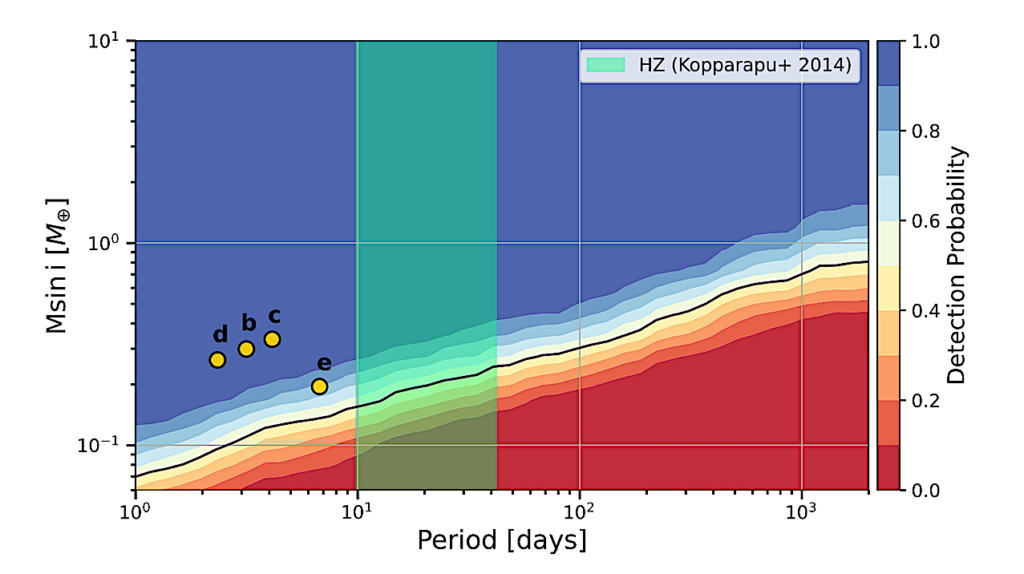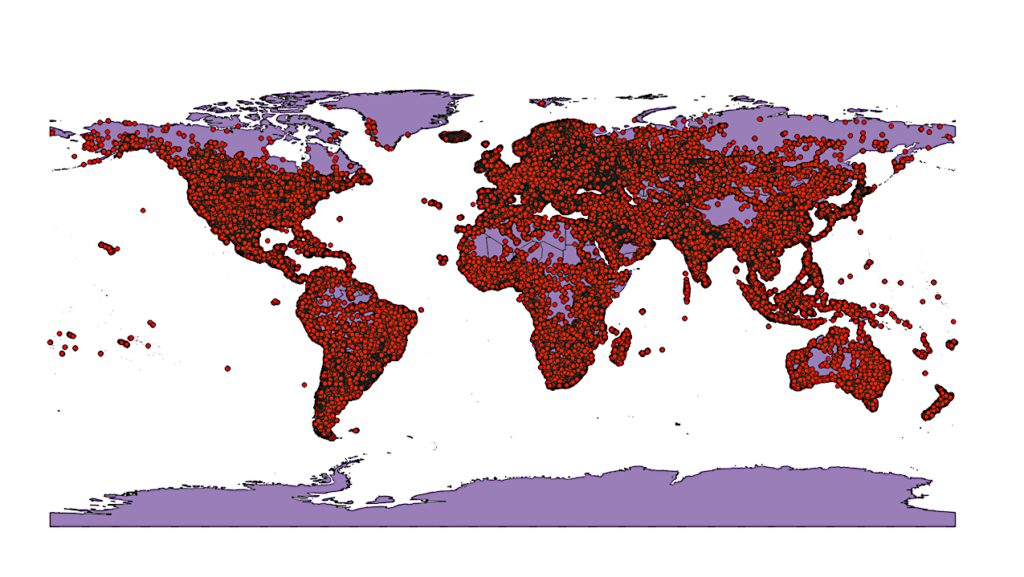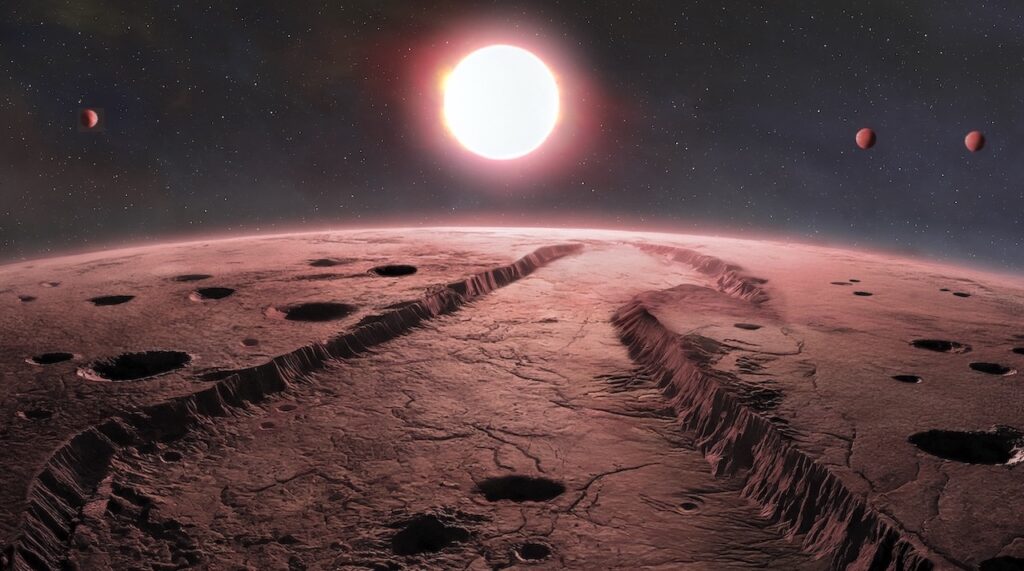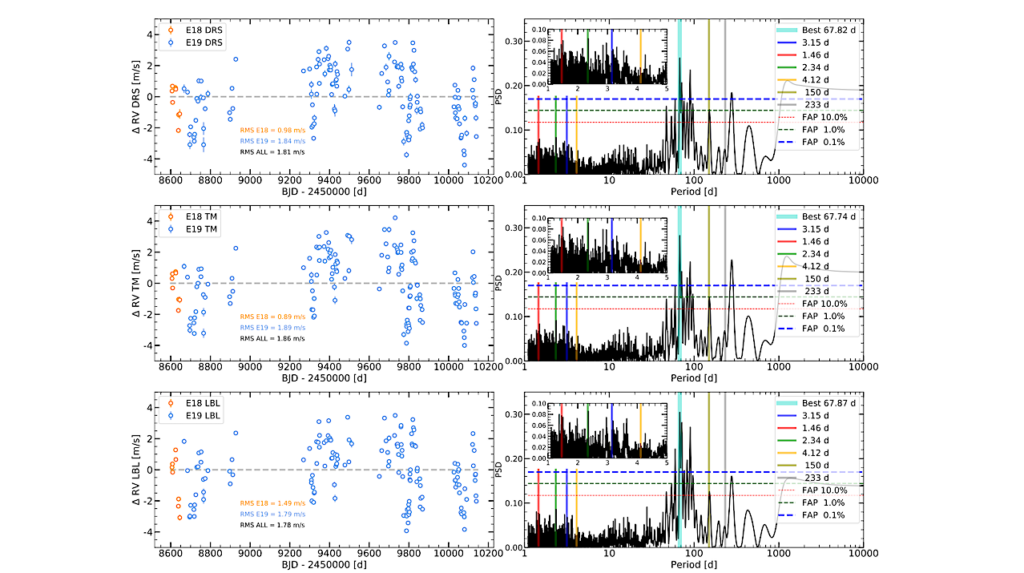Prospects For Detecting The Astrometric Signature of Barnard's Star b

A low-amplitude periodic signal in the radial-velocity (RV) time-series of Barnard’s Star was recently attributed to a planetary companion with a minimum mass of ∼3.2 M⊕ at an orbital period of ∼233 days.
The proximity of Barnard’s Star to the Sun raises the question whether the true mass of the planet can be constrained by accurate astrometric measurements. We review the astrometric capabilities and limitations of current and upcoming astrometric instruments. By combining the assumption of an isotropic probability distribution of the orbital orientation with the RV analysis results, we calculate the probability distribution function of the planet’s astrometric signature.
We conclude that there is a probability of only ∼1% that Gaia observations will detect it. Observations with the Hubble Space Telescope (HST) may increase the detection probability to ∼10%. In case of no detection, the implied mass upper limit with HST observations would be ∼8 M⊕, which will place the planet in the super-Earth mass range. In the next decade, observations with the Wide-Field Infrared Space Telescope (WFIRST) may increase the prospects of measuring the planet’s true mass to ∼99%.
Lev Tal-Or, Shay Zucker, Ignasi Ribas, Guillem Anglada-Escudé, Ansgar Reiners
(Submitted on 14 Nov 2018)
Comments: 4 pages, 1 figure, submitted to A&A
Subjects: Earth and Planetary Astrophysics (astro-ph.EP); Instrumentation and Methods for Astrophysics (astro-ph.IM)
Cite as: arXiv:1811.05920 [astro-ph.EP] (or arXiv:1811.05920v1 [astro-ph.EP] for this version)
Submission history
From: Lev Tal-Or
[v1] Wed, 14 Nov 2018 17:33:00 UTC (401 KB)
https://arxiv.org/abs/1811.05920
Astrobiology








